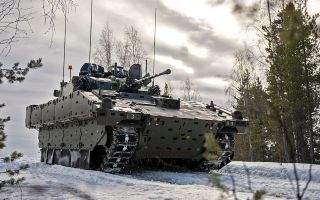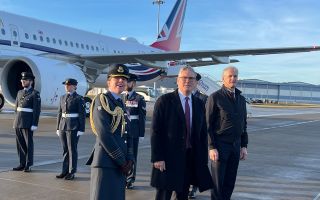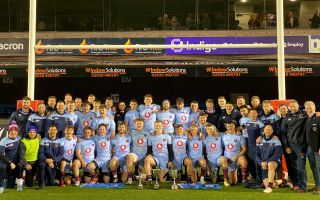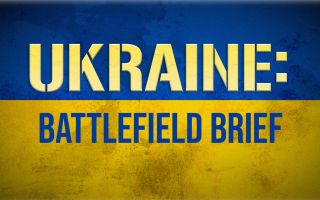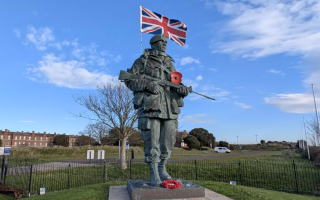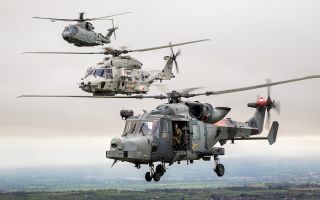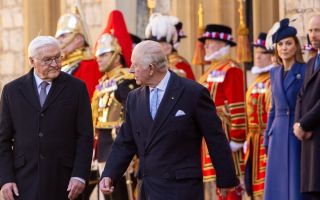A tale of two Lightnings: How the F-35A and F-35B stack up against each other
The F-35A and F-35B are two of the most cutting-edge fighter jets in the game – both being highly manoeuvrable and deadly fifth-generation multirole stealth fighters.
These aircraft have redefined aerial combat, and their advanced situational awareness means an enemy can be eliminated even if it's not in visual range.
But how do they compare to each other?
Let's start with the F-35A. Powered by the Pratt & Whitney 135 engine with 40,000lbs of thrust, it's highly agile, has a nine G capability and a range of 2,200km.
But its ace card is its ability to carry tactical nuclear bombs as well as conventional weapons.
The RAF will acquire 12 of these jets over the coming years to give it a nuclear capability for the first time since the 1990s.
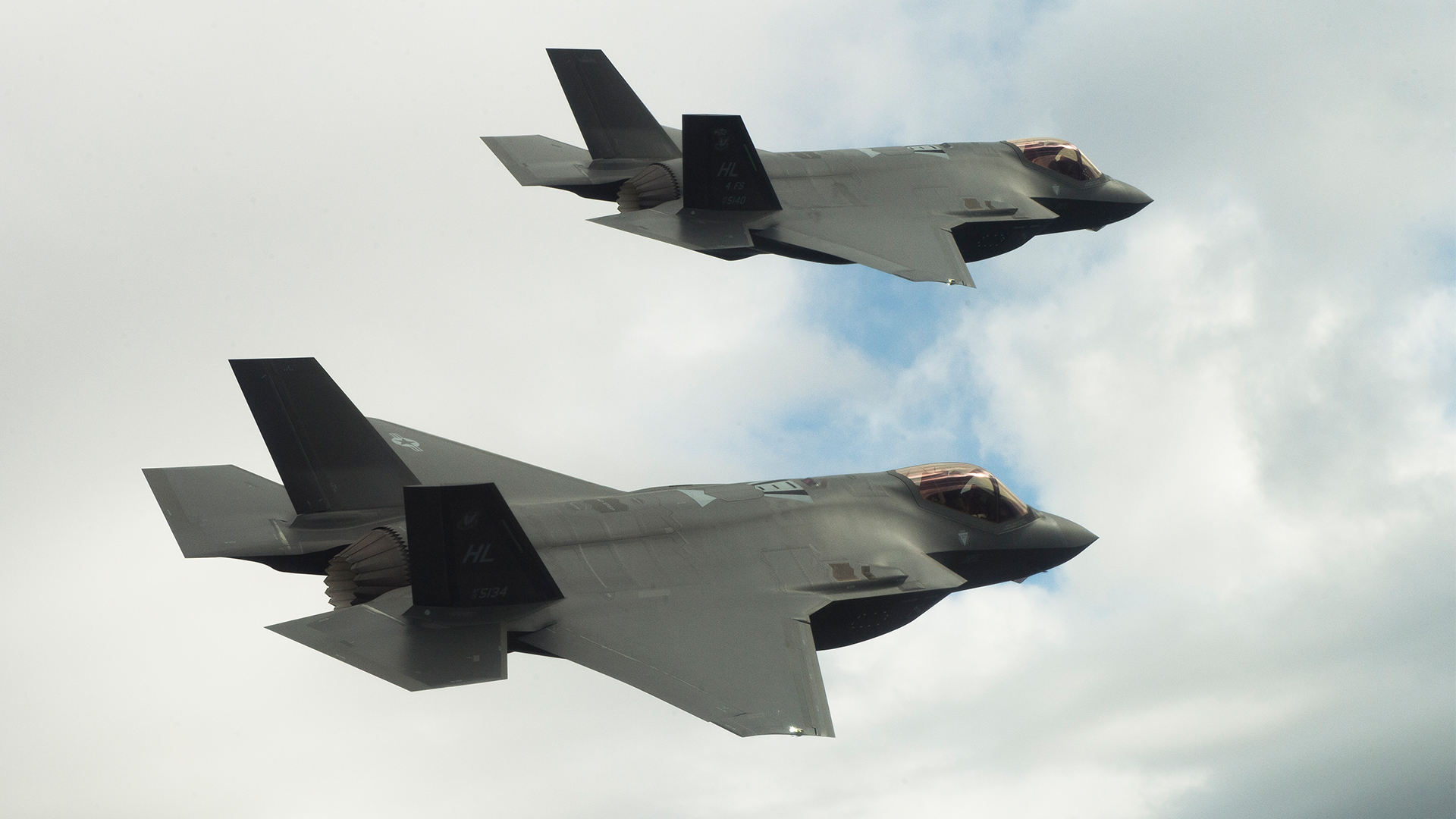
But what about the F-35B? This is also a highly adaptable jet capable of taking on the roles and missions of different aircraft simultaneously.
It has a similar amount of thrust as the A and is also a supersonic fighter.
It's capable of flying at Mach 1.6 but has a shorter range, just shy of 1,700km.
It is exclusively armed with conventional weapons such as AMRAAM and ASRAAM air-to-air missiles and the Paveway IV laser-guided bomb.
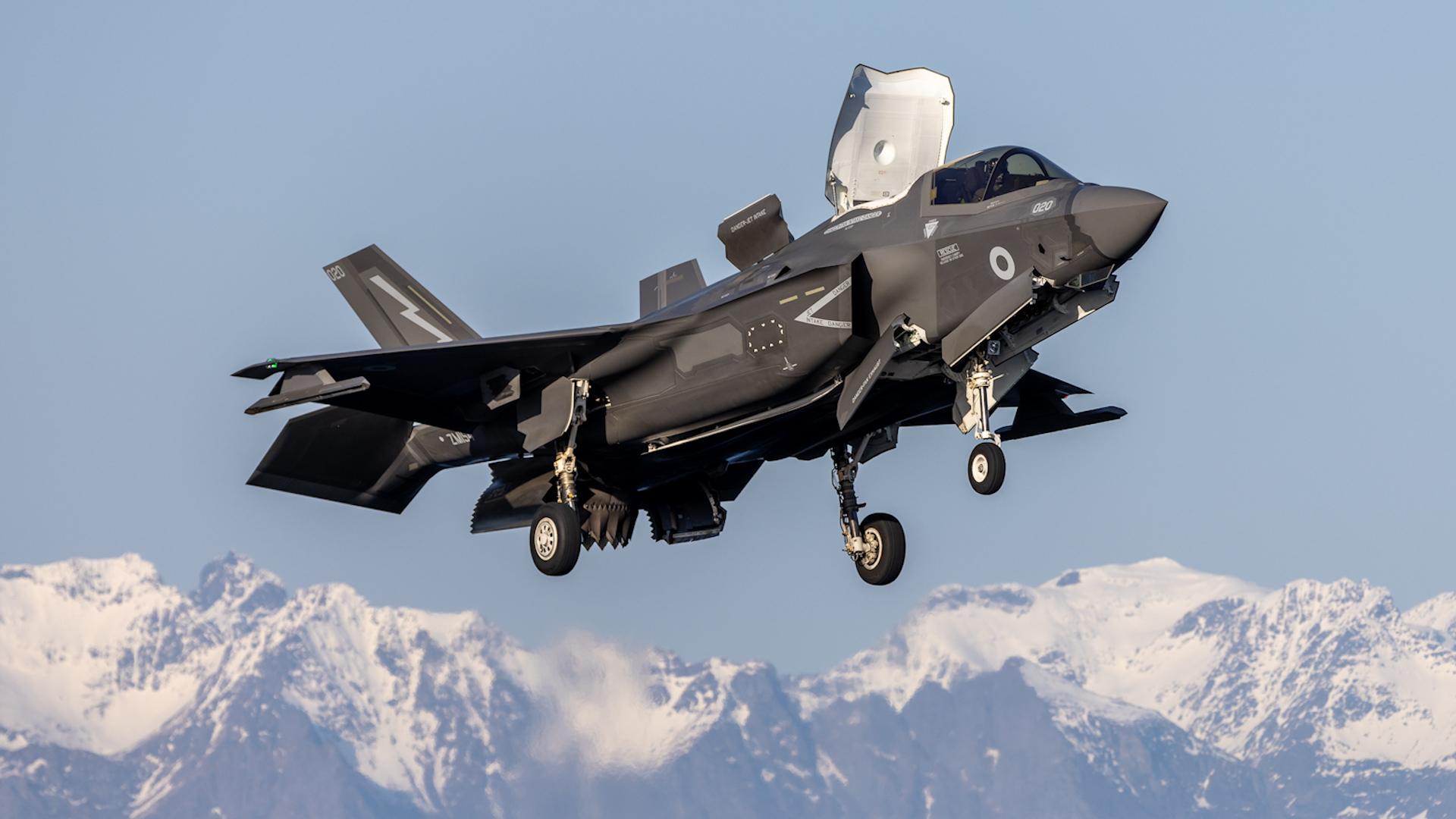
It is the world's only stealth jet fighter with a short take-off/vertical landing capability, making it ideal to deploy as part of the UK's Carrier Strike Group.
Its ability to operate from shorter flight decks like those on the Queen Elizabeth-class carriers or other austere environments make it a highly deployable asset.
It's a worthy successor to the iconic Harrier jet previously operated by the RAF and Royal Navy.
But that capability does come at a cost. The F-35A can fly further and fight longer. That's because it can carry more fuel – more than 8,200kg – compared to 6,100kg of the Lightning B.
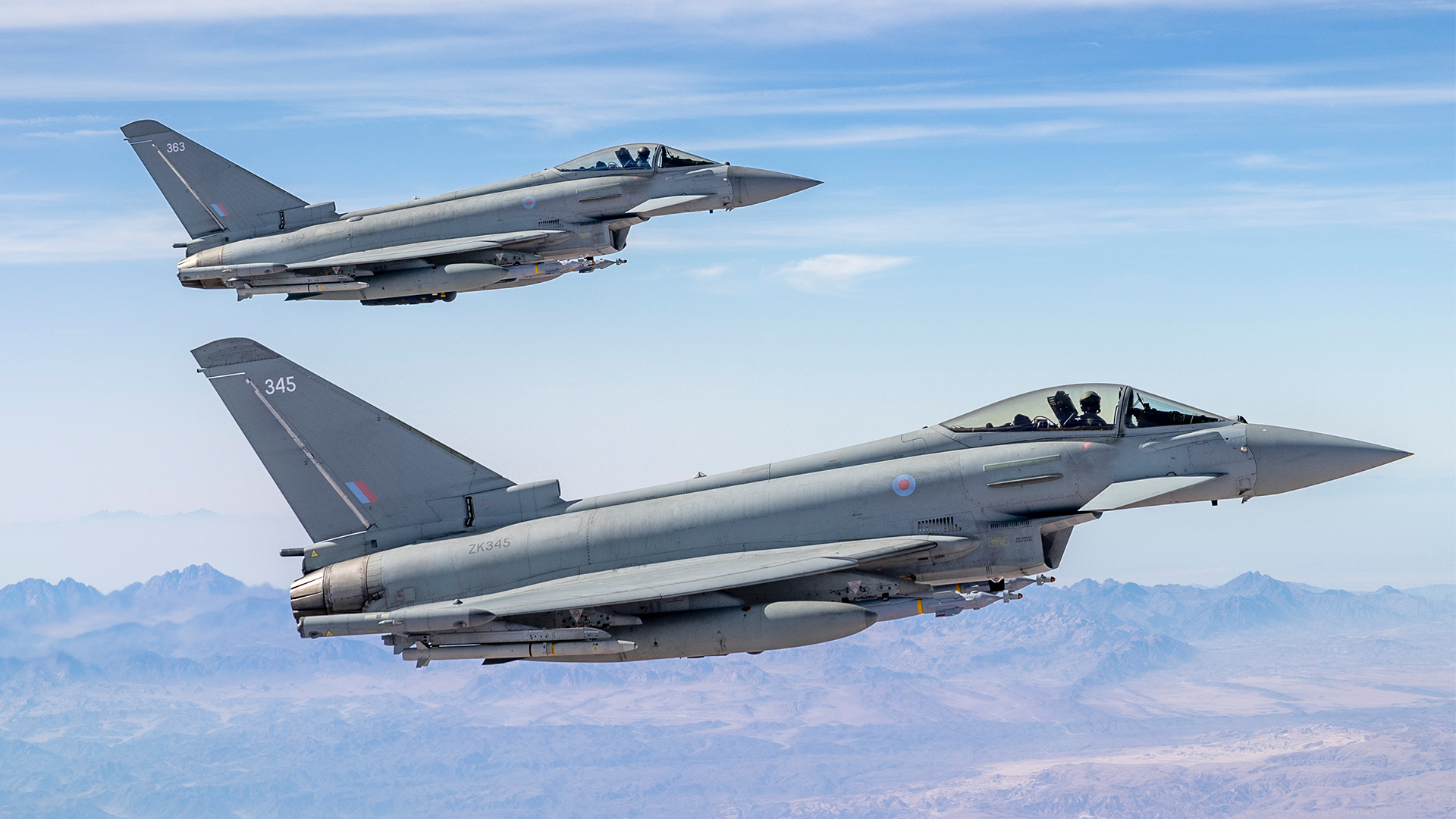
And because it doesn't have the vertical lift system that takes up valuable space in the B model, it has a larger internal weapons bay.
While both F-35s share a lot of the same DNA, there are two fundamentals that separate them.
If you want an aircraft that can conduct conventional fighter jet warfare and have the ability to deploy tactical nukes, the F-35A is the one you want.
But if you want a jet that can deploy as part of a maritime strike group or operate from a limited airfield, the F-35B is the answer.


